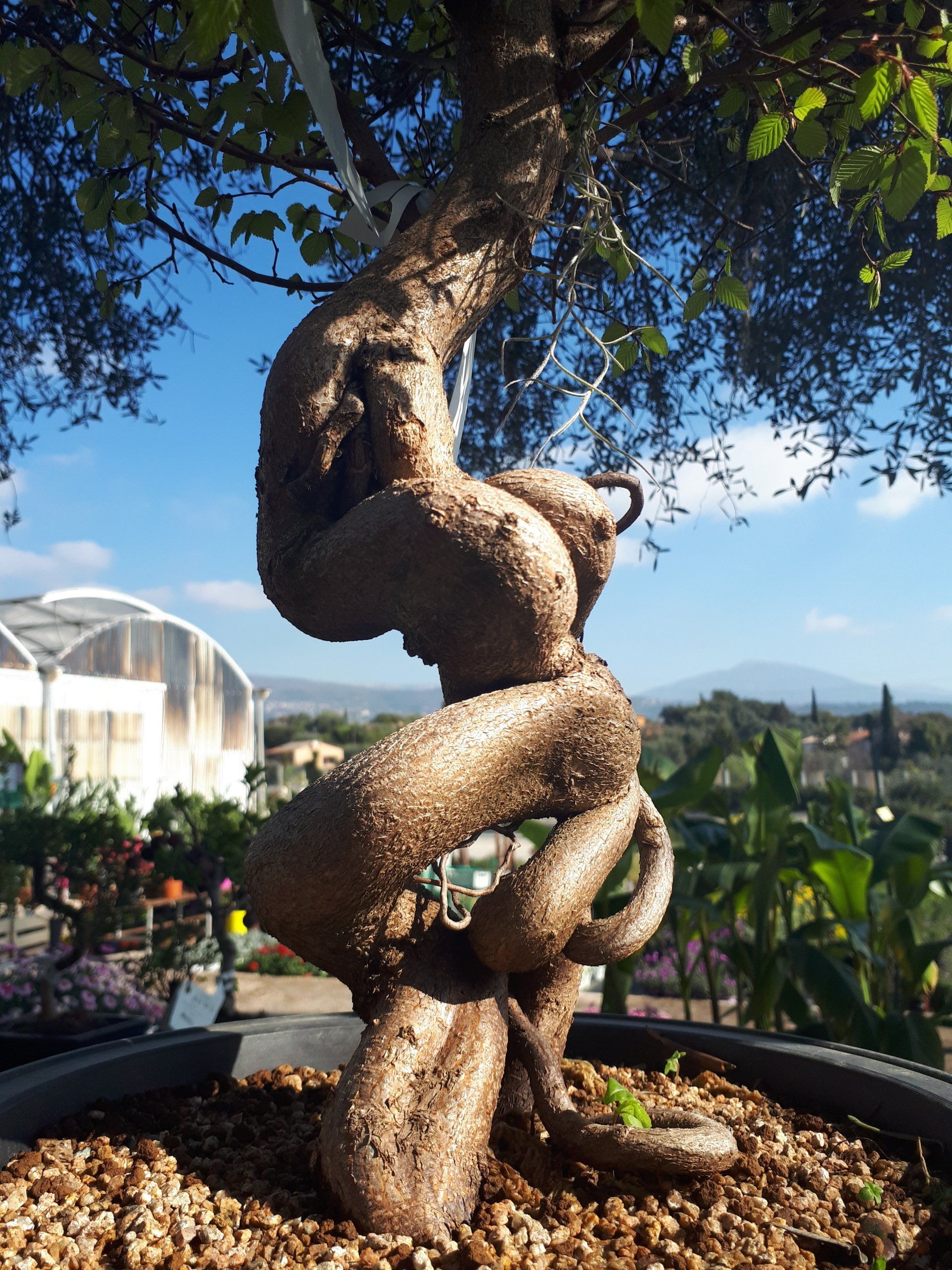Planting and repotting
La
Pépinière des Aspres de Grasse vous propose un large choix de produits de qualité au meilleur prix pour
PLANTER
à l'extérieur comme en intérieur tout au long de l'année. Pour vos balcons ou terrasses, pour votre jardin ou votre potager, pour décorer l'intérieur ou le plaisir de faire germer vos graines et profiter de vos fleurs ou fruits authentiques, sains et naturels !
Cliquez sur l'onglet de votre choix pour accéder à chaque univers produits
Planting and repotting
are two essential gardening techniques for maintaining the health and growth of plants. Understanding when, how and why to plant or repot is crucial to having a thriving garden and healthy plants, whether indoors or outdoors. Here is a comprehensive guide to help you succeed in these fundamental steps.
PLANTING: THE BEGINNING OF A PLANT'S LIFE
Planting marks the beginning of a plant's life in its new environment. This process is more complex than it seems, as it requires soil preparation, careful choice of location, and an appropriate planting technique.
Soil preparation
Before planting, it is essential to properly prepare the soil, as it will provide the nutrients necessary for the plant to grow. The soil must be loose, well-drained and enriched with organic matter. Depending on the type of plant you want to grow (vegetables, flowers, shrubs), the soil will need to be amended differently. For example, vegetable plants require soil rich in compost, while flowers often prefer more aerated and light soils.
Choose location
Choosing the right location is crucial. Plants have different light requirements. Shade-loving plants, such as ferns, need protection from direct sunlight, while full-sun plants, such as tomatoes, need plenty of light to thrive. Climate and frost resistance for certain varieties should also be considered.
Planting techniques
When planting, the depth of the hole and the spacing between plants must be respected. A hole that is too deep can suffocate the roots, while insufficient space between plants can lead to competition for nutrients. Generally, it is recommended to dig a hole twice as wide and deep as the root ball of the plant. After placing the plant, it is important to compact the soil around it to stabilize the plant and avoid air pockets, then water abundantly to moisten the roots well.
REPOTTING: BRINGING POTTED PLANTS BACK TO LIFE
Repotting is a technique used for potted plants, when they grow and require more space or new nutrients. This allows them to grow in optimal conditions.
When to repot?
It is recommended that houseplants be repotted every 1 to 2 years. Signs that repotting is necessary include roots showing through the drainage holes, yellowing leaves, or a plant that appears cramped in its pot. For some plants, spring is the best time to repot, as they are entering a period of active growth.
Choosing the new pot
When repotting, it is essential to choose a pot slightly larger than the previous one, with drainage holes to avoid excess water. Use a substrate suitable for the type of plant; for example, a well-draining potting soil for succulents or a rich mix for green plants.
Repotting Techniques
Before repotting, carefully remove the plant from its old pot, taking care not to damage the roots. Untangle the roots if they are too tight, then place the plant in the new pot, in the center. Fill the pot with substrate, making sure to pack it well around the roots to avoid air pockets. Finish by watering generously to help the plant settle into its new pot.
Tips for maintenance after planting and repotting
After planting or repotting, proper maintenance is crucial to help the plant adapt. For outdoor plants, water according to the needs of the variety and make sure new plantings are well protected from the elements. Indoors, monitor soil moisture and adjust watering according to the season and the specific needs of the plant.
In conclusion, planting and repotting are essential techniques for any gardener, whether beginner or experienced. These operations, carried out with care, help promote the growth of plants and keep them healthy. With a little patience and attention, each plant will be able to flourish and bring its unique beauty to the garden or inside the house.
Contact our plant experts by phone
Contact our plant experts by email
The prices indicated on the website are given for information purposes only and may be subject to subsequent modification without notice.
Non-contractual photos

































